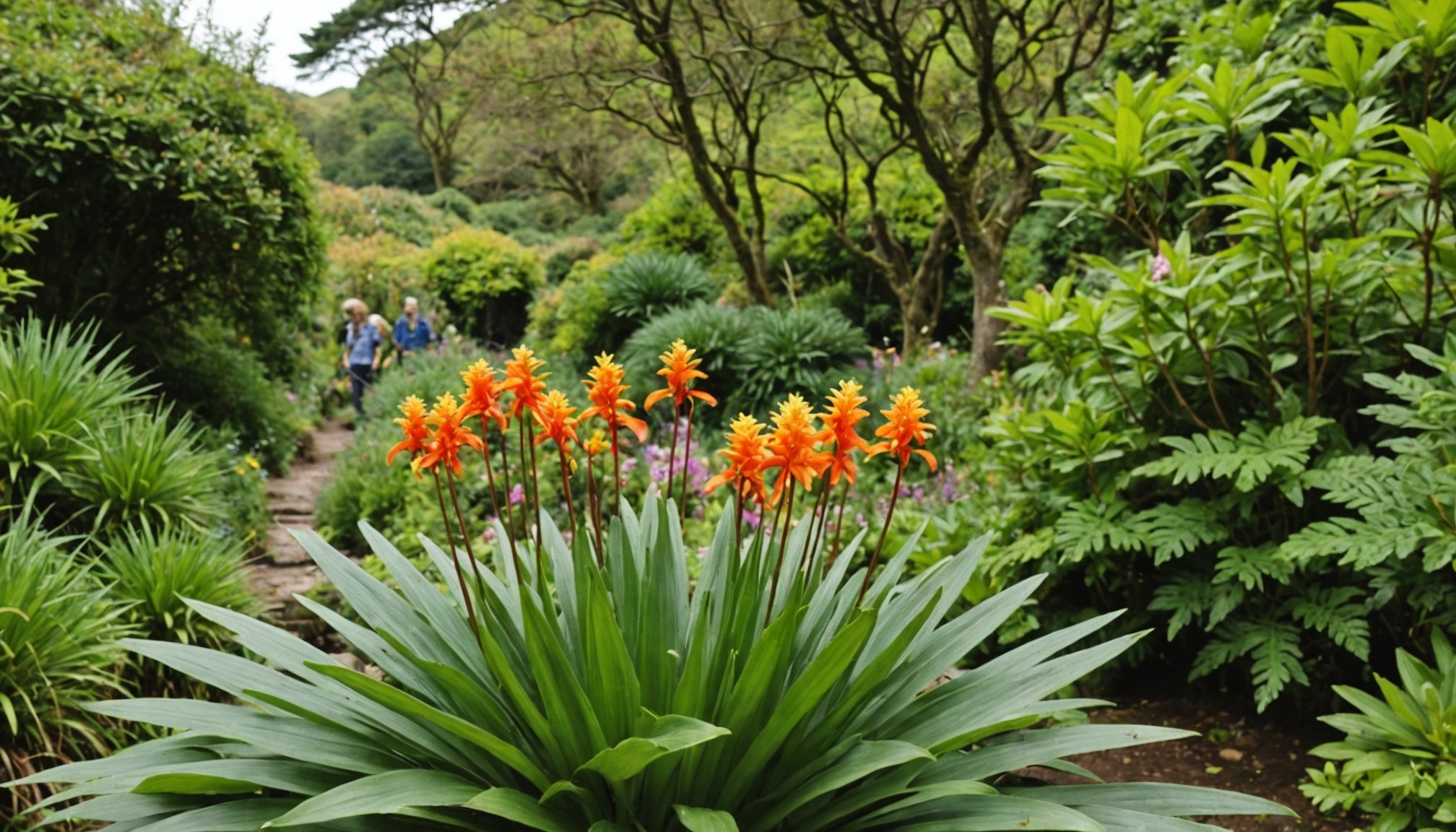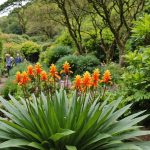Overview of Cornwall’s Hidden Gardens
Cornwall’s gardens are bastions of biodiversity, offering unparalleled beauty and ecological value. These hidden gems are nestled within Cornwall’s unique horticultural landscape, distinct for its mild climate and rich soil. They provide ideal conditions for a variety of exotic plants and rare species, making them a treasure trove for botanists and enthusiasts alike.
The importance of these hidden gardens extends beyond their aesthetic appeal; they play a crucial role in ecological conservation. They act as sanctuaries for numerous plant species that are endangered or require specific conditions to thrive. In this way, Cornwall’s gardens contribute significantly to local and global biodiversity, supporting conservation efforts that are vital for our planet’s ecological health.
Have you seen this : Uncover norfolk’s artistic treasures: explore galleries showcasing exceptional local talent
Visitors to Cornwall can discover a wide array of rare and exotic plant species. From the towering tree ferns and subtropical palms to vibrant rhododendrons and camellias, these gardens showcase the rich diversity of the plant kingdom. Each garden holds its unique collection, fascinating in its own right and inviting exploration. By preserving these hidden treasures, Cornwall not only attracts gardening enthusiasts but also instils a deep appreciation for the natural world and the importance of preserving it.
Guided Tours Information
Hidden within the scenic landscapes of Cornwall, guided tours offer visitors an enlightening journey through the region’s fascinating gardens. These tours present an incredible opportunity to delve deeper into Cornwall’s horticultural wonders, with knowledgeable guides sharing insights on the area’s rich plant life and exotic plants.
Have you seen this : Unearth the haunted legends: discover northern ireland”s most enigmatic castles with thrilling ghost tours
Tour schedules vary with the seasons, ensuring that participants experience the gardens in their full glory, from spring blossoms to autumn foliage. Many of these guided tours accommodate different interests and schedules, catering to both early birds and those who prefer a leisurely afternoon stroll.
Pricing for Cornwall’s guided tours typically includes entrance fees to the gardens and guided commentary. Some tours might even offer additional perks such as refreshments or souvenir materials. This allows for a richer experience as visitors can gain deeper appreciation and understanding of these green havens.
Whether you’re an enthusiastic botanist or a curious traveller, participating in a guided tour provides an intimate glimpse into Cornwall’s botanical gems. Booking in advance is recommended, especially during peak seasons, to ensure your spot in exploring these vibrant landscapes. Engage with the charm of Cornwall’s gardens and discover the hidden treasures they house.
Featured Gardens and Their Unique Offerings
Cornwall’s hidden treasures extend to its illustrious featured gardens filled with exquisite rare plants. These gardens cater to both novice visitors and seasoned gardening enthusiasts.
Garden 1: Eden Project
The Eden Project is a marvel of garden design and layout. It features large biomes housing a vast array of exotic plant life from different climate zones. Notable species include rare orchids and ancient ferns, captivating botany lovers with their unique characteristics. Visitors enjoy striking features like the aerial walkway for a bird’s-eye view of the plant paradise, making it a memorable adventure.
Garden 2: Lost Gardens of Heligan
The Lost Gardens of Heligan, renowned for its diverse plant collections, offers distinct seasonal events. In spring, visitors can witness the remarkable blooms of bluebells and magnolias. The garden is well-equipped for accessibility, boasting trails designed for various mobility needs.
Garden 3: National Trust’s Trelissick Garden
Trelissick Garden is a significant contributor to local biodiversity and conservation efforts. It offers regular educational workshops focusing on sustainable gardening practices. Visitors rave about its scenic river views and well-preserved plant heritage, enhancing their understanding of botanical preservation.
Personal Experiences and Visitor Tips
When exploring Cornwall’s enchanting gardens, visitors relish memorable experiences that deepen their connection with nature. Personal testimonials often highlight the insightful guided tours where knowledgeable guides unfold the gardens’ histories, enhancing the journey.
To maximise your visit, consider these travel tips: allocate ample time to fully absorb the beauty of each garden, as rushing might cause you to miss intricate details. Dress comfortably for walking amidst lush landscapes, and pack essentials like water and sun protection for a seamless experience.
Photography enthusiasts will find abundant opportunities within Cornwall’s gardens. Early morning or late afternoon are prime times for capturing the exotic plants bathed in soft, natural light. Favourite spots often include the blooms of vibrant camellias or the transformative splendour of bluebells. Remember, while snapping your perfect shot, to also pause and appreciate the serene settings.
Many guests suggest visiting during less crowded days, such as weekdays, to enjoy a more tranquil atmosphere. As you wander through these botanical wonders, document your experiences and reflections; they will serve as cherished reminders of your voyage through Cornwall’s hidden treasures. Whether a seasoned photographer or a first-time visitor, each garden offers an unforgettable encounter with nature’s splendour.
The Importance of Horticulture and Tourism in Cornwall
In Cornwall, the coexistence of horticulture significance and tourism forms a dynamic force benefiting ecological conservation. This region endows rare plant species, bolstering local and global ecology by safeguarding unique genetic materials. These plants often require specific conditions found only in Cornwall’s distinct environment.
Tourism in Cornwall prominently supports conservation efforts. Visitors’ engagement with botanical gardens raises awareness of the significance of preserving these hidden treasures. As tourists marvel at the region’s biodiversity, their contributions via entry fees bolster conservation programs, ensuring sustained ecological health.
Community involvement plays a pivotal role in maintaining these green havens. Local initiatives often spearhead projects focusing on habitat restoration, enhancing conservation efforts. Through educational workshops, communities are empowered to understand and actively contribute to preserving Cornwall’s horticultural charm.
Moreover, tourism and horticulture interlink to positively impact Cornwall’s economy. Visitors drawn to the area’s lush landscapes spark revenue streams, crucial for funding ongoing conservation endeavors. In essence, the symbiotic relationship between tourism and horticulture underscores their collective contribution to Cornwall’s environmental preservation and economic vitality, fostering global appreciation for these botanical marvels.











